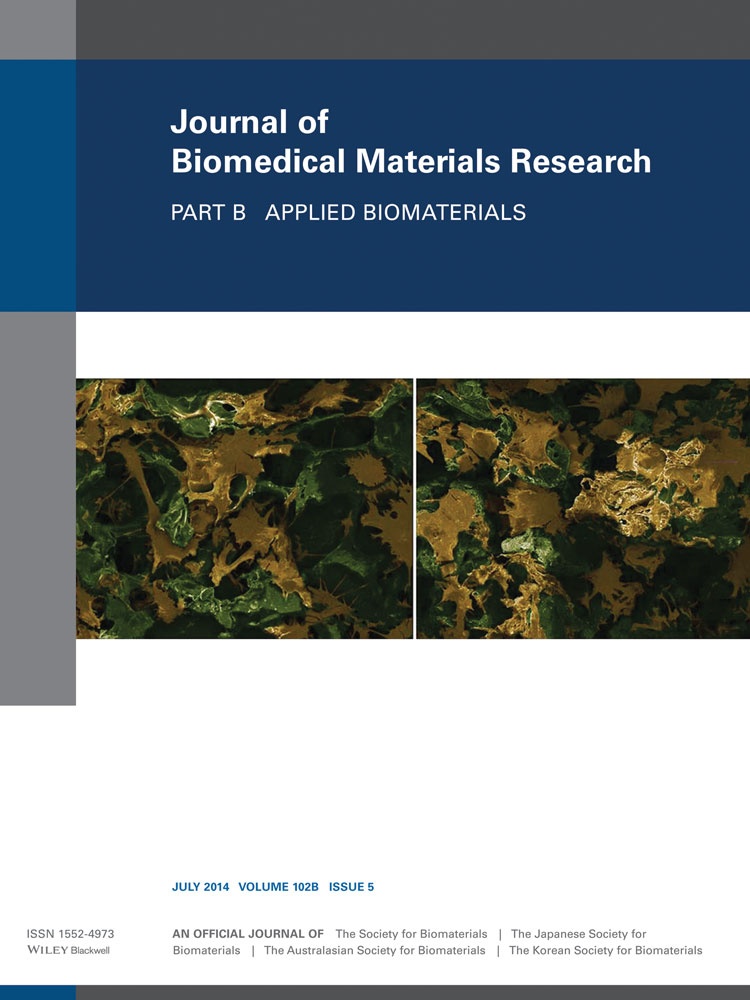A protocol for rheological characterization of hydrogels for tissue engineering strategies
Abstract
Hydrogels are studied extensively for many tissue engineering applications, and their mechanical properties influence both cellular and tissue compatibility. However, it is difficult to compare the mechanical properties of hydrogels between studies due to a lack of continuity between rheological protocols. This study outlines a straightforward protocol to accurately determine hydrogel equilibrium modulus and gelation time using a series of rheological tests. These protocols are applied to several hydrogel systems used within tissue engineering applications: agarose, collagen, fibrin, Matrigel™, and methylcellulose. The protocol is outlined in four steps: (1) Time sweep to determine the gelation time of the hydrogel. (2) Strain sweep to determine the linear-viscoelastic region of the hydrogel with respect to strain. (3) Frequency sweep to determine the linear equilibrium modulus plateau of the hydrogel. (4) Time sweep with values obtained from strain and frequency sweeps to accurately report the equilibrium moduli and gelation time. Finally, the rheological characterization protocol was evaluated using a composite Matrigel™-methylcellulose hydrogel blend whose mechanical properties were previously unknown. The protocol described herein provides a standardized approach for proper analysis of hydrogel rheological properties. © 2013 Wiley Periodicals, Inc. J Biomed Mater Res Part B: Appl Biomater, 102B: 1063–1073, 2014.




